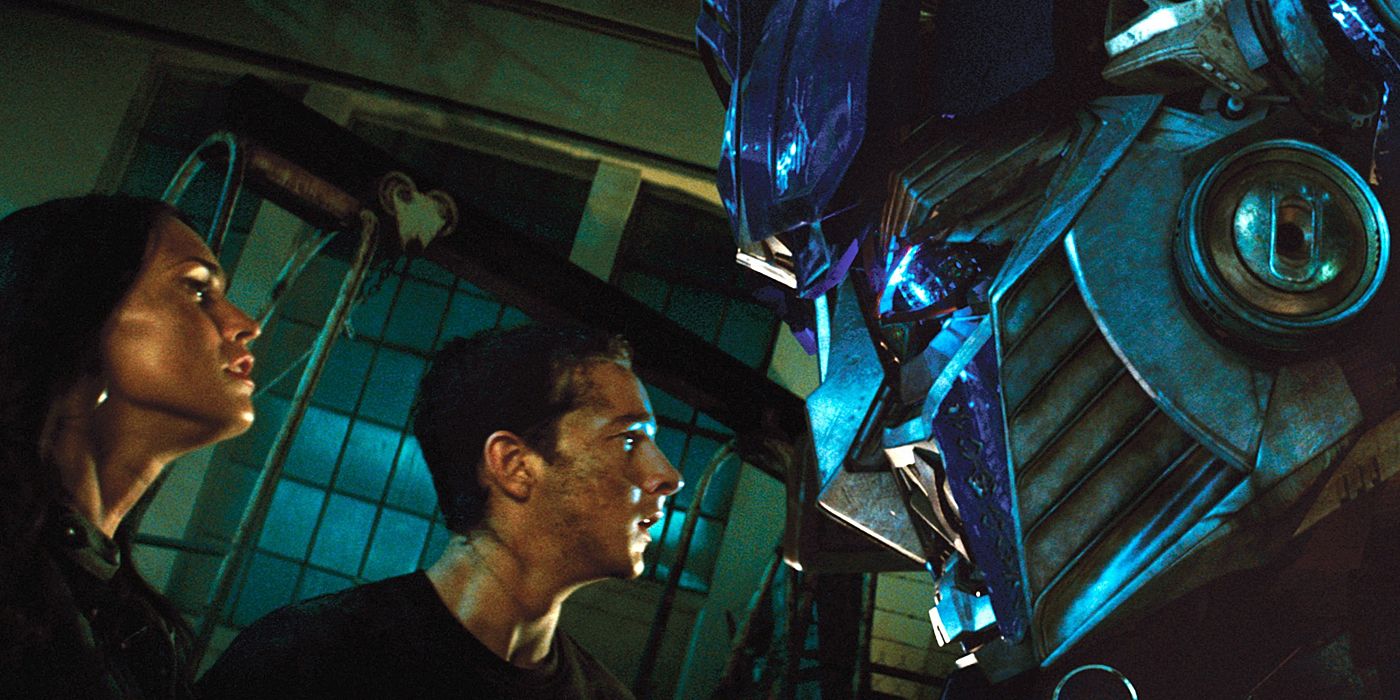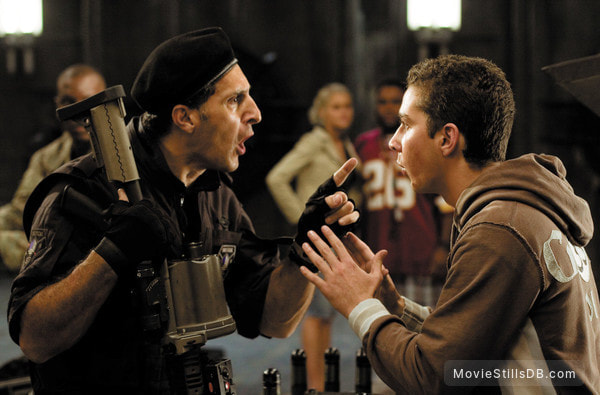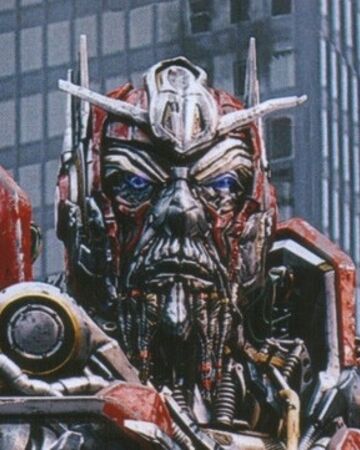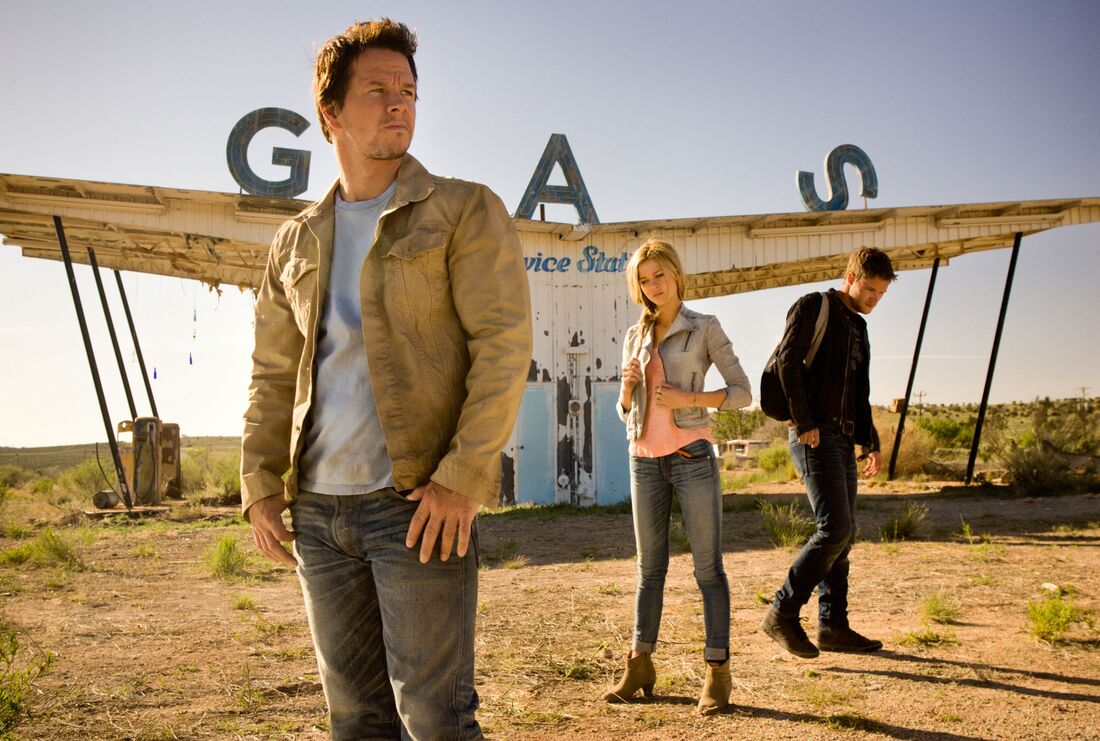This theme is most purely captured in the first entry in the series, Transformers (Michael Bay, 2007). The film centers around Sam Witwicky, a high school student who gets his first car, which happens to be an Autobot, in the middle of an intergalactic war with the Decepticons. We see very early on that Sam has conflict with various members of the older generations, including a teacher, a cop, and his parents. As the film continues, Sam becomes an ally to the Autobots, which puts him in a unique position that even the American government is not in. He knows the Autobots personally and is able to talk to them. The government is treated like the ultimate older generation as they look down on Sam as just a kid. Even though they could really use his help, they cannot see past his age, so they either do not trust him, or are too prideful to work with a high schooler. The Autobots, however, know that Sam could help them, and are willing to work with him.
The government’s treatment of the youth is expanded on in a sub-plot of the film dealing with hackers and computer analysts. Maggie is a computer wizard, and despite being older than Sam, she is still significantly younger than most of the government employees. The Secretary of Defense even comments that the computer analysts that the government hired to help them find the Decepticons are very young. They do not distrust the young analysts they’ve hired, but they do make them feel out of place, even down to the clothes they are wearing. Maggie needs help from a hacker friend of hers, so she takes illegally downloaded information to her friend Glen. Glen drives the wedge between the new school and the old school further than even Maggie does, as he is an immature young adult who lives with his grandma and cousin, and he spends his days playing video games.
The Autobots are even older than the older generations of humans in the film. They are an ancient species, and to them humanity itself is a very young species. The lines between the generations are nothing to them. They are still able to respect humanity despite being older and stronger than them. The Decepticons are the opposite. They recognize their advantage in both age and power, so they see the humans as puny and worthy of being conquered. It seems that Michael Bay is creating a parallel between the Decepticons and the older generations that look down on the youth, as well as connecting the Autobots and the older generations who recognize that the youth can be helpful in many ways that older generations are not.
Transformers: Dark of the Moon (Michael Bay, 2011) uses many of the ideas in Revenge of the Fallen to even better results. Within the film, a character called Sentinel Prime is a long lost Autobot who is brought back to life by Optimus Prime. He visually resembles an old man, with long metal pieces coming down from his face, resembling a long beard, and the voice of an old man (who happens to be sci-fi icon Leonard Nimoy). He is supposed to be on the Autobots’ side, however, he teams with Megatron, leader of the Decepticons to work for the greater good of his people. It is an uneasy alliance, but the visual representation of Sentinel as an old man, and making him switch sides furthers the idea of the inter-generational conflict. Optimus, who looked up to Sentinel as an older authority figure, is now put in the position of the youth, where he must now rebel against the authority to help those even younger than he is.
The film also gives us a unique perspective on youthful rebellion as Charlotte Mearing, the National Intelligence Director, heads a movement to ban the Autobots from Earth. The humans no longer want the help of the Autbots, so they distance themselves. This is reminiscent of Sam’s journey in the film as he moves out of his parents house and tries to make his own life for himself and his girlfriend. This ultimately leads to problems, and the Autobots have to step back in to help humanity despite their belief that they do not need it. Likewise, Sam speaks with his parents in a conversation that gives him the inspiration he needs to go help save the world again.
Cade is an overprotective father who had his daughter too young, and now does everything in his power to stop her from making the same mistake. This means she is absolutely not allowed to date, however, Cade finds out she has a secret boyfriend and spends the rest of the film in conflict with him. By the end of the film, the two grow closer and Cade can see how he has been acting and decides that his daughter will be safe and happy with her boyfriend. He learns to let her go and trusts her to make decisions for herself. He respects her maturity and begins to see her less as a young girl who needs him, and more as a mature individual who is learning what she needs for herself.
The film further develops the age distinctions by introducing us to a group of Dinobots, ancient Transformers that turn into robotic dinosaurs rather than vehicles. Optimus seeks out their help when he realizes that he and his group are outmanned. The film seems to be showing us that the young and the old need each other, a new development of this theme that we have not seen quite so vividly up to this point.





 RSS Feed
RSS Feed
